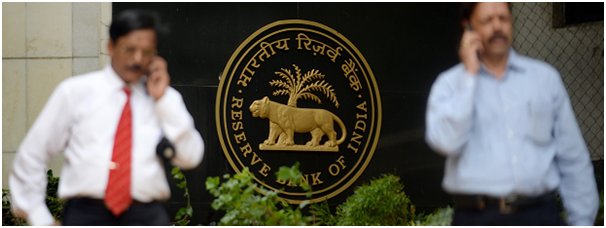06/09/2015
India / GDP

We have lowered our growth forecast for this fiscal year in response to slow private sector spending and the risks of a weak monsoon.
Data released in India last week put real GDP growth at 7.3% (under the new series) in the 2014/15 fiscal year, which ended in March. Domestic demand was the main pillar of support for growth and we expect that to sustain. However, a slower-than-anticipated pick-up in the investment cycle, especially private sector spending and the impact on rural spending of a weak monsoon, might see the economy hit a speed bump this year.
Factoring in these risks, we lower our estimate for the 2015/16 fiscal year growth to 7.6% from an already below-consensus 7.8%. A return to growth above 8% is likely into the 2016/17 fiscal year.
Household incomes should benefit from falling prices, though moderate rural wage growth and the knock-on impact of below average rains are likely to dampen spending. Private consumption is thereby likely to ease in the first two quarters of this year before inching up toward the end. At the same time, we look for higher public spending to revive the investment cycle, helped also by the unclogging of stalled projects and easier financial conditions. Government consumption should grow in double-digits, with fixed capital formation to rise 6% from less than 5% last year. Monetary stimulus meanwhile will be constrained by the prospect of weak rains feeding into inflation, Indian rupee weakness and external developments.
On the supply-side, we assume agricultural output will take a marginal hit from below average rains during the crucial summer crop. However, base effects will boost annual growth to 1.1% from 0.2% in the 2014/15 fiscal year. Manufacturing output should remain steady at 7%, alongside a pick-up in mining activity, which has helped offset subdued consumer goods output and electricity generation. The service sector is likely to maintain a healthy 10% pace on higher trade, communication and financial sector activity.
Overall, growth is likely to pick up at a gradual pace in the 2015/16 fiscal year and hasten thereafter, provided the cyclical recovery and productivity gains draw private sector interests. In the meantime, the central bank will continue to make a case for an anecdotal series, the lack of which has made it difficult to gauge the economy’s potential growth and draw inferences for the monetary/fiscal stance.




